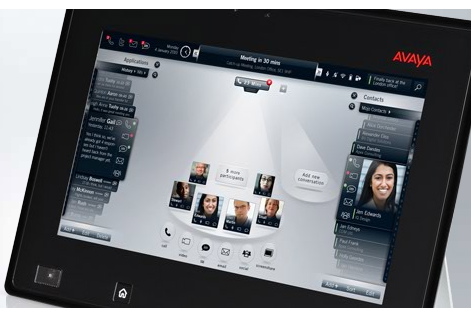Video Conferencing Strategy
The process of creating a video conferencing strategy depends on the goals, the resources and the culture within the organization. Many times the existing video infrastructure provides a foundation that sets a benchmark within the organization on service operations, on user attitudes and on existing business practices. A video implementation based on a video conferencing strategy designed when quality was low and equipment and network costs were high is obsolete.
That's why many organizations need to revisit their video conferencing strategy from time-to-time and update it to reflect an organizational topology enabling the latest room technologies, the latest personal endpoints, inter-company connectivity policies and the appropriate culture-changing practices. Operational and adoption goals are relevant considerations too.
The Brockmann & Company methodology uses a fact-based strategy development process to capture, document and ultimately visualize the future video conferencing strategy and implementation. Interviewing leading decision makers, gathering statistics on usage, executive and opinion-leader attitudes and developing targeted solution plans to address specific application and user communities are the key stages of the process. An effective video conferencing strategy can deliver many benefits including less business travel, higher levels of collaboration and teamwork and more effective decisions because users are presented with more information in their video conferencing meetings.









